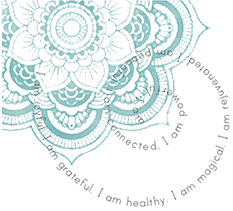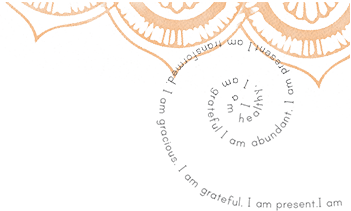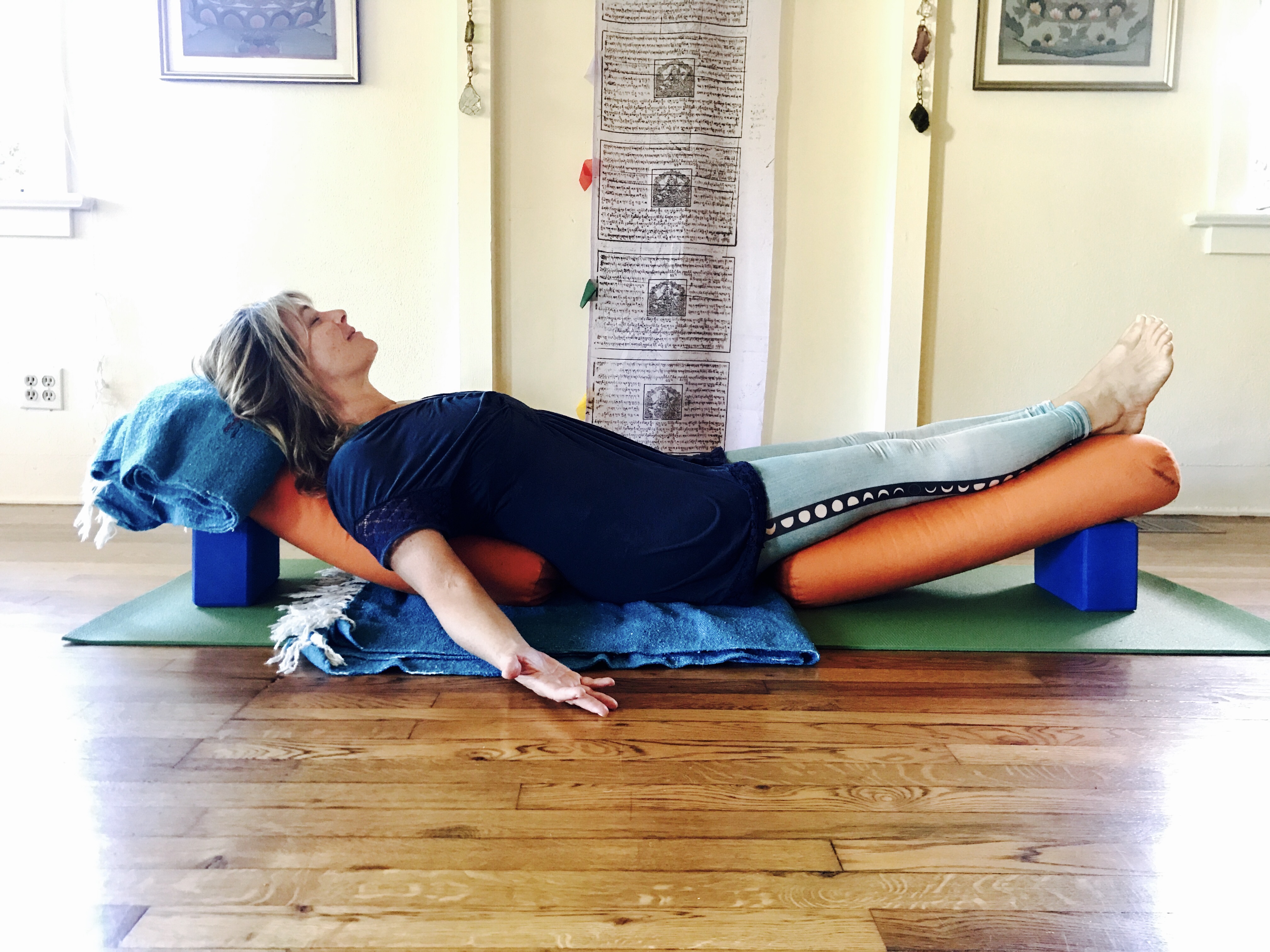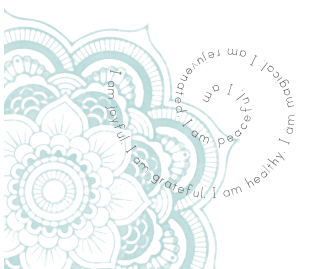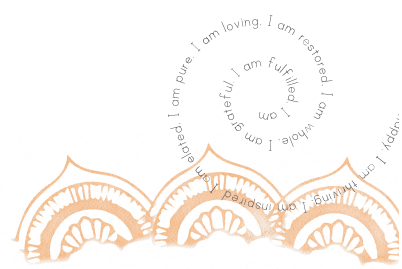Supported Boat Pose
Sometimes you just need to slow everything right down.
Many people think you have to “work” to give your body benefit. Active practice is great, but there’s only so long that you can stay in a pose without feeling the intensity…
The long, supported poses help your body to fully engage, soften, and allow the precise positioning to work its magic.
When your life is racing full-speed ahead, so is your mind. Restorative yoga helps provide that physical and mental balance to prevent stress and anxiety, through the use of props that allow you to hold poses longer, giving you all the benefits of deep, passive stretching.
A restorative pose is any pose in which the arrangement of your bones, the support of props, and the gentle pressure of gravity work together to rechannel the breath.
We can take inspiration for new restorative poses from “active” poses, such as navasana, or boat pose.
Set up:
Using 2 blocks, 2 pillows, and 2 blankets, you will build yourself a ramp with the block under the pillow facing long ways down.
Place the folded blanket at the top to support the head and neck.
Build yourself another ramp, this one “peaking” toward the back of the mat.
Leave enough space in between the two “ramps” for your tailbone to touch the floor.
Make sure your lower back is touching the base of the pillow.
Arrange yourself facing upward inside the “cradle” of this boat, sitting on the floor with your legs up one bolster and your back and head supported by the other.
Let your arms fall wide to the side, as you feel your heart open up.
As you let your body relax into the support of the pillows, notice how your breathing affects your joints and limbs.
Do you notice the pattern of your blood flow throughout your body change? How does the movement of energy adjust with the legs slightly elevated?
There are many wonderful positive elements to restorative poses, but with the supported boat pose specifically the cardiovascular system is heavily benefited. When you’re in an inversion, the heart does not have to work as hard, therefor the muscles can get into a deeper place of relaxation.
So let the healing pose allow the vibrations of the breath into previously unreached, deeply held places!
